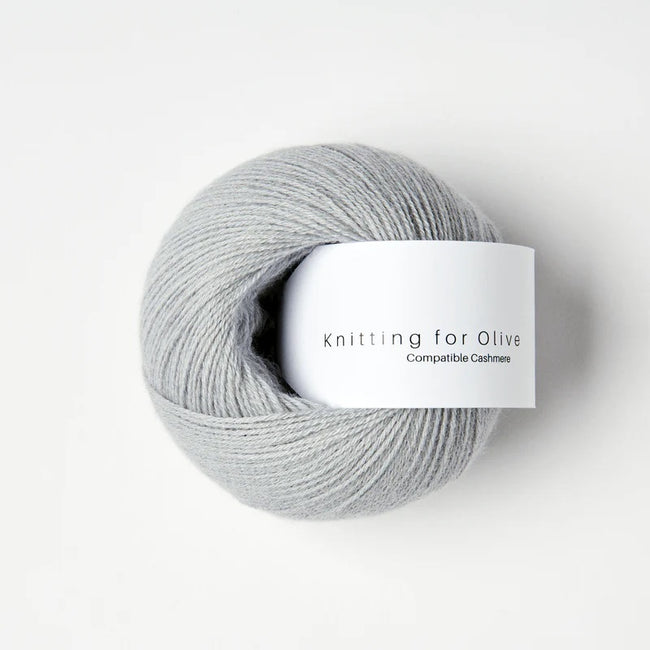What Is Cashmere and How Does It Stack Up to Other Fabrics?
What Is Cashmere and How Does It Stack Up to Other Fabrics?
Blog Article
Discover the Attraction of Cashmere an All-natural Fiber: Why It's a Must-Have in Your Wardrobe
The allure of cashmere, a high-end all-natural fiber, goes beyond simple visual appeals. Stemming from the Kashmir region, this lightweight yet sturdy material has actually woven its way into premium fashion because of its one-of-a-kind residential properties and versatile allure. From reviewing its interesting origin to understanding its production high quality, treatment, and procedure, it deserves exploring why cashmere holds such a special place in the globe of fabrics. Discover the sophistication and substance of this fiber as we start an expedition of its attraction.

The Beginning and Background of Cashmere: A Short Introduction
While many might see cashmere as an easy deluxe, its history is steeped in abundant cultural custom. Originating from the Kashmir area in India, cashmere wool has actually been created for thousands of years. The fiber is gotten from the soft undercoat of cashmere goats, gathered during their molting season.
Understanding the Special Qualities of Cashmere Fiber
While various other products might use down over time, cashmere maintains its top quality, making certain durable wear. Cashmere has an unique aesthetic allure. Recognizing these properties clarifies why cashmere is not just a luxury, yet a rewarding financial investment for any kind of closet.

The Process of Producing Cashmere: From Goat to Garment
To value the elegant buildings of cashmere fully, one have to understand its journey from the raw fiber to the ended up product. The process starts with the cashmere goats, primarily discovered in Mongolia, China, and Iran. The soft undercoat of these goats, collected during their all-natural molting period in spring, offers the raw product. This fragile fiber is then very carefully divided from the coarser outer hair in a labor-intensive process called dehairing. The pure cashmere is after that dyed, spun into thread, and ultimately knitted or woven right into the desirable garments. Each step is thoroughly implemented to preserve cashmere's significant heat, softness, and toughness. This detailed procedure causes the creation of an absolutely lavish fabric.

Translating the Quality and Cost: Why Is Cashmere so Expensive?
The steep cost tag of cashmere garments usually leaves consumers asking yourself about its reason. The expenditure stems mainly from the difficult manufacturing procedure. is cashmere a natural fiber. Cashmere originates from the fine undercoat of the cashmere goat, with each goat generating a mere 150 grams yearly. The labor-intensive procedure of brushing and collecting the rare fiber dramatically drives up the cost. The processing of raw cashmere needs both time and click site experience, with the fibers needing to be thoroughly sorted, washed, and spun. Moreover, the deficiency of pure cashmere, paired with its superior softness, warmth, and resilience, validates its high-end condition and high cost. These variables incorporated make cashmere a pricy yet very in-demand product in the globe of fashion.
Cashmere in Style: The Adaptability and Ageless Appeal
Despite its high cost, the classic charm and pop over to this site convenience of cashmere have strengthened its area in the realm of fashion. The functional nature of cashmere allows for its combination right into both formal and informal attire, representing its wide allure. As trends come and go, cashmere remains a continuous, its attraction undiminished, proceeding to form the style and motivate sector's landscape.
Caring for Your Cashmere: Maintenance and Preservation Tips
Making sure the long life of cashmere garments calls for particular care and attention. These valued ownerships need to not be thrown into the cleaning equipment with regular laundry. Instead, hand washing with mild, pH-neutral soap in warm water is advised. After washing, they ought to not be wrung out. Instead, they ought to be gently pressed between towels to absorb excess water, then laid flat to dry. Regular cleaning with a cashmere comb can protect against pilling. Saving these things in a cool, dry right here area, ideally in a breathable bag, can secure them from moths and moisture (is cashmere a natural fiber). A periodic airing outside, away from direct sunlight, can refresh the fibers. With these upkeep and conservation ideas, one can guarantee their cashmere stays luxuriously soft and long lasting.
Conclusion
Cashmere, with its unequaled softness and heat, gives both high-end and durability. Discover the appeal of cashmere and boost your fashion collection.

Report this page